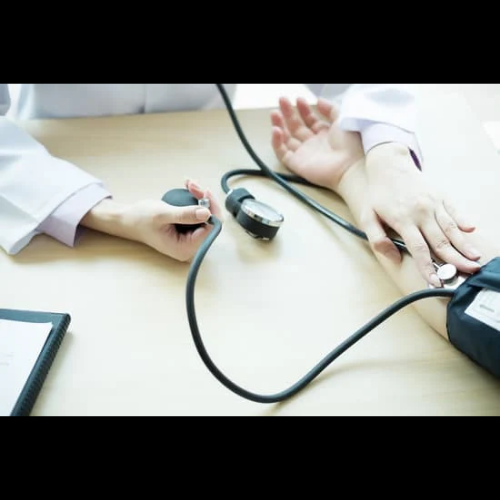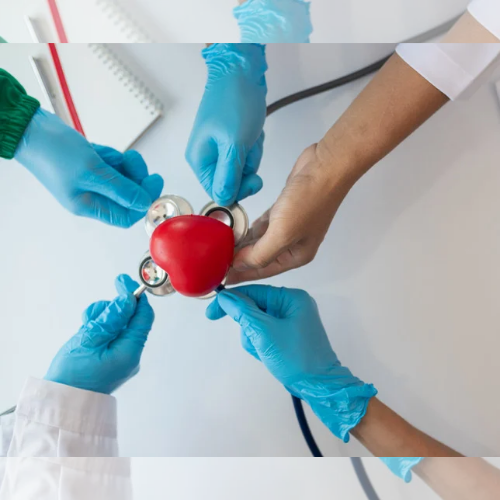Table of Contents
Introduction:
Heart health is more than just blood pressure & cholesterol. The two medical terms often confuse even health-conscious individuals: arteriosclerosis vs atherosclerosis. While they sound similar, they are not the same — and knowing the difference could help you prevent a heart attack or stroke.
In this guide, we’ll break down both conditions, how they differ, what causes them, & what you can do to protect your arteries.
What Is Arteriosclerosis?
Arteriosclerosis is a general term for the hardening & thickening of the arteries. As we age, our arteries naturally become fewer flexible, making it harder for blood to flow freely. This stiffness can enhance blood pressure and strain the heart.
It can affect any artery in the body & doesn’t always involve plaque buildup.
Causes:
Aging
High blood pressure
Diabetes
Smoking
What Is Atherosclerosis?
Atherosclerosis is a specific type of arteriosclerosis — and more complicated. It involves the buildup of plaque (fat, cholesterol, calcium, & other substances) inside the arteries. Over time, this buildup narrows the artery and stops blood flow.
This condition is the actual cause of heart attacks, strokes, and peripheral artery disease.
Causes:
High cholesterol (especially LDL)
Poor diet
Inflammation
Lack of exercise
Key Differences Between Arteriosclerosis vs Atherosclerosis
| Feature | Arteriosclerosis | Atherosclerosis |
| Type | Broad term | Specific form |
| Cause | Aging, high BP | Plaque buildup |
| Arteries affected | Any | Typically medium to larger arteries |
| Main risk | Reduced flexibility | Blockage and rupture |
Common Symptoms
Often, both conditions are silent until a major problem occurs. Still, some early warning signs include:
Chest pain or pressure
Shortness of breath
Numbness in limbs

Stroke-like symptoms
Risk Factors
Whether it’s arteriosclerosis or atherosclerosis, the risk factors often overlap:
High cholesterol and triglycerides
Smoking

Diabetes
Family history
Age (risk increases after 40)
How to Diagnosed?
Blood tests (to check cholesterol and sugar)
Imaging tests such as CT angiography
ECG or stress test (for detecting decrease blood flow)
Ultrasound (to rule out artery thickness)
Why It Matters
Ignoring arterial health can lead to:
Heart attacks
Strokes
Kidney disease
Peripheral artery disease
Understanding the difference helps you make better health decisions & talk more clearly with your doctor.
Prevention & Treatment
Here’s how you can take charge of your arterial health:
1. Eat Heart-Healthy Foods
Focus on fruits, veggies, whole grains, nuts, & healthy fats such as olive oil.
2. Stay Active
Aim for at least 30 minutes of average exercise most days.
3. Quit Smoking
It is one of the biggest risk factors for plaque buildup.
4. Monitor Blood Pressure & Cholesterol
Routine checkups help catch issues early.
5. Medications (If Needed)
Doctors can prescribe statins or blood pressure medications to manage your condition.
FAQs About Arteriosclerosis vs Atherosclerosis
Q: Can I have both arteriosclerosis & atherosclerosis?
Yes. Atherosclerosis is a type of arteriosclerosis. So, if you’ve atherosclerosis, you have arteriosclerosis too.
Q: Can these conditions be reversible?
Some lifestyle changes and medications can reduce or partially reverse plaque buildup. Early action is the key.
Q: Is atherosclerosis only a heart problem?
No. It can affect arteries in the brain, legs, kidneys, and other organs.
Disclaimer: This article is for educational purposes only and does not professional medical advice. Please consult your healthcare provider for personalized guidance.
Conclusion

Understanding the difference between arteriosclerosis and atherosclerosis is not just medical trivia — it is life-saving knowledge. Do not wait for symptoms. Start taking small steps today to keep your arteries clear, strong, and healthy.
